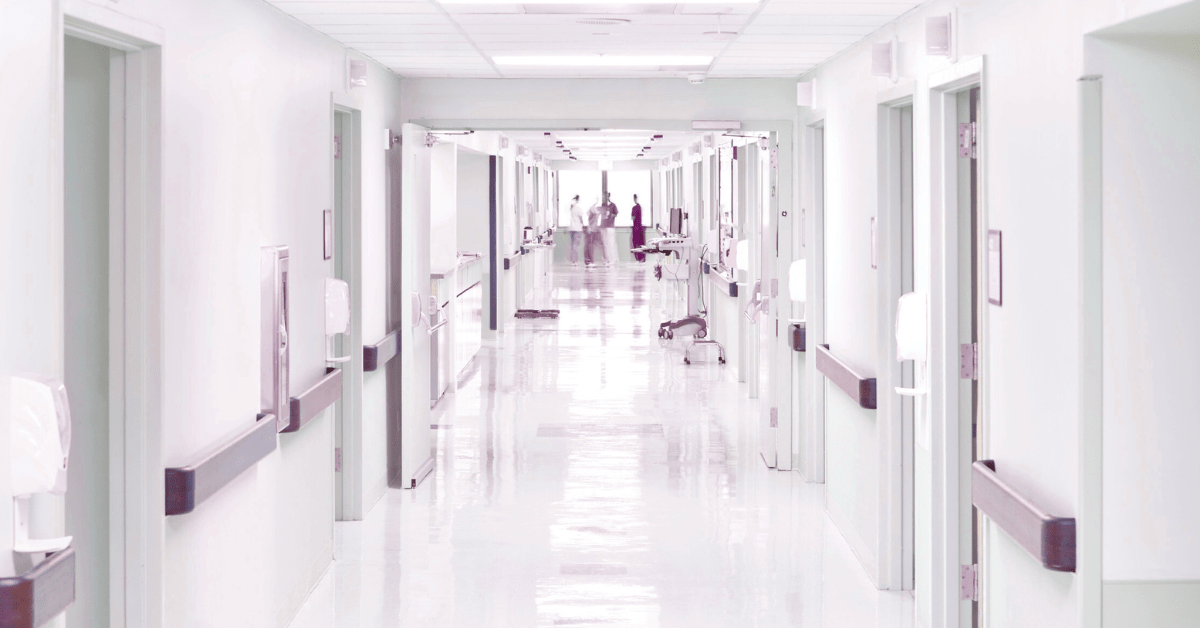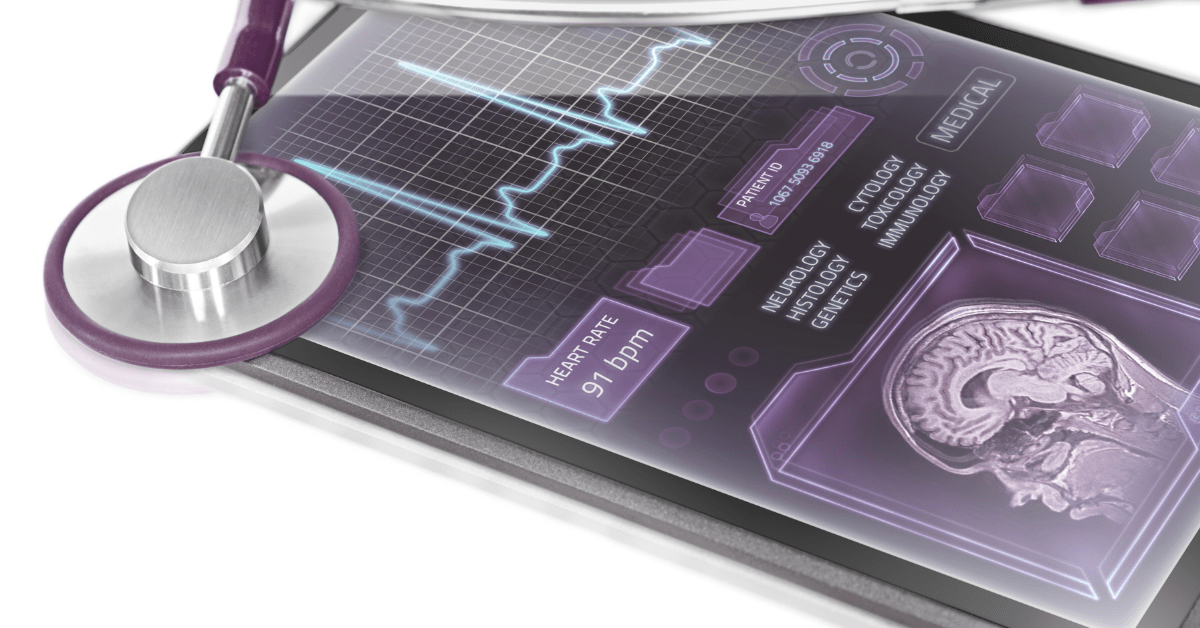HL7 vs FHIR: which standard should you prioritize in 2025?
Healthcare organizations face increasing pressure to share and analyze patient data. Two key standards dominate this space: HL7 v2 and FHIR. Both have strengths, and both continue to play an important role in interoperability. The question many healthcare leaders face in 2025 is which standard should be prioritized for new integrations.
Understanding HL7 v2
HL7 v2 has been the backbone of healthcare data exchange for decades. Most hospitals and labs still use HL7 messages for core workflows, such as orders, results, billing, and scheduling. Its wide adoption makes it nearly impossible to ignore, even as newer standards gain momentum.
The advantage of HL7 v2 lies in its maturity. It is reliable, well-understood by integration teams, and supported by almost every EHR. However, it lacks the flexibility needed for modern applications, particularly those involving mobile health, patient apps, and real-time analytics.
The rise of FHIR
FHIR (Fast Healthcare Interoperability Resources) is the modern answer to the limitations of HL7 v2. It uses RESTful APIs and JSON or XML, making it more compatible with web applications and cloud platforms. FHIR enables developers to build patient-facing apps, analytics dashboards, and advanced decision support tools with greater ease.
In recent years, government regulations have accelerated FHIR adoption. For example, U.S. rules now require certain healthcare APIs to use FHIR, which ensures patients can access their health records through standardized applications.
Which standard should you prioritize?
The reality in 2025 is that healthcare organizations cannot choose just one. HL7 v2 remains critical for existing hospital workflows, while FHIR is essential for innovation and compliance with new regulations. Therefore, organizations need an integration strategy that supports both.
For immediate interoperability needs, HL7 v2 is still dominant. But for long-term growth, patient engagement, and data-driven care, FHIR should be a top priority. Successful organizations will balance both standards, ensuring stability today while preparing for tomorrow.
Conclusion
Choosing between HL7 and FHIR is not an either-or decision. In 2025, prioritizing both is the smartest approach. With the right interoperability consulting partner, healthcare organizations can implement strategies that bridge the gap between legacy systems and future-ready solutions.
Whether your organization relies on HL7, FHIR, or both, having the right partner makes all the difference. Connect with Healthcare Integrations to design an integration strategy that fits your goals.





